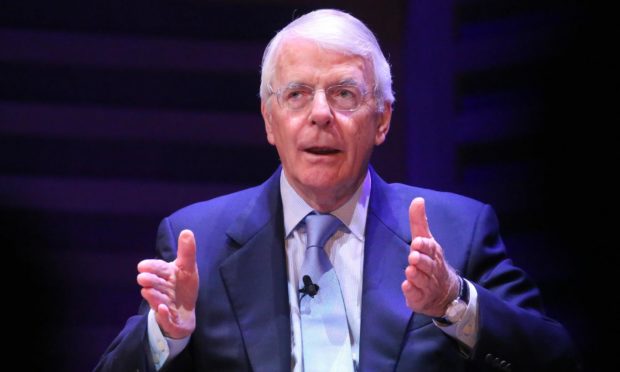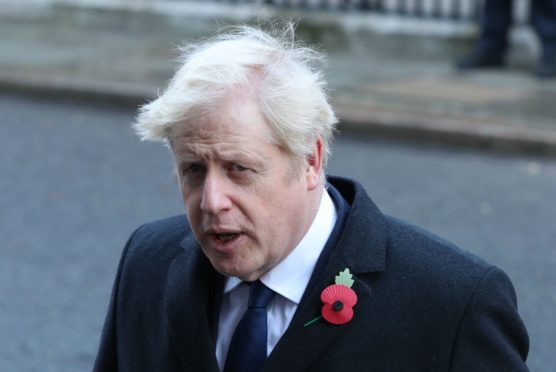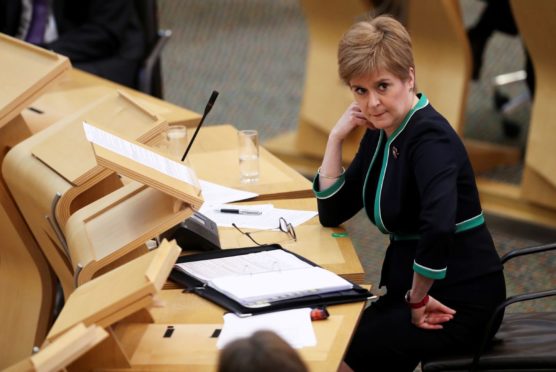Scots should be offered not one but two further referenda on independence, former prime minister John Major has said.
Under Sir John’s radical plan, there would be one vote on the principle of independence and a second on the final withdrawal deal from the union agreed with Westminster.
The ex-Tory PM, who describes himself as a “convinced unionist”, argues a secondary vote would “focus minds away from a short-term reflex opposition to a perceived English Government, and back to the mutual and long-term virtues of the union”.
Sir John, in a lecture broadcast this evening, warned Boris Johnson of the dangers of refusing the SNP another referendum in the event they win a majority at next year’s Holyrood elections.
Scottish Secretary Alister Jack said last week that Westminster would not be transferring referendum powers to Holyrood for at least 25 to 40 years.
‘Long-term virtues of the union’
Sir John cautioned: “Refusing (a section 30 order) might help the separatist case, by adding to the list of grievances the Scottish National Party exploit with such skill.
“To keep the inion together will require consensus, consideration and consultation. The government must engage, coax, encourage, and examine every possible route to find an arrangement that will obtain a majority for union.”
He added: “The Westminster government could agree for an independence referendum to take place, on the basis of two referenda. The first to vote upon the principle of negotiations, and the second upon the outcome of them.
“The purpose of the second referendum would be that Scottish electors would know what they were voting for, and be able to compare it to what they now have. This did not happen with Brexit: had it done so, there may have been no Brexit.
“Many Scottish voices – and especially business – may support the logic of this: it may focus minds away from a short-term, reflex opposition to a perceived English Government, and back to the mutual and long-term virtues of the union.”
‘Settled will’
His comments come on the back of more than a dozen polls showing there is now majority support among Scots for breaking away from the UK.
The SNP’s deputy Westminster leader, Kirsten Oswald, said Sir John’s remarks should “serve as a wake-up” to Mr Johnson.
“Poll after poll has shown that independence is now becoming the settled will of the majority of people in Scotland, and it is for the people of Scotland to decide their future.
“It is not for out-of-touch Westminster governments to dictate the terms of a referendum or to dictate the future of the people of Scotland.”
Bombast and blustering
Sir John also used his speech to condemn the Brexit project and its impact on the UK’s standing.
He said: “We are no longer an irreplaceable bridge between Europe and America. We are now less relevant to them both.
“We are no longer a great power. We will never be so again. In a world of nearly eight billion people, well under 1% are British.
“We are a top second-rank power but, over the next half century – however well we perform – our small size and population makes it likely we will be passed by the growth of other, far larger, countries.”
On the Brexit negotiations, Sir John said “promises made will not and cannot be kept”.
“Brexit was sold to the nation as a win-win situation. It is not,” he said.
“Because of our bombast, our blustering, our threats and our inflexibility – our trade will be less profitable, our Treasury poorer, our jobs fewer, and our future less prosperous.”


